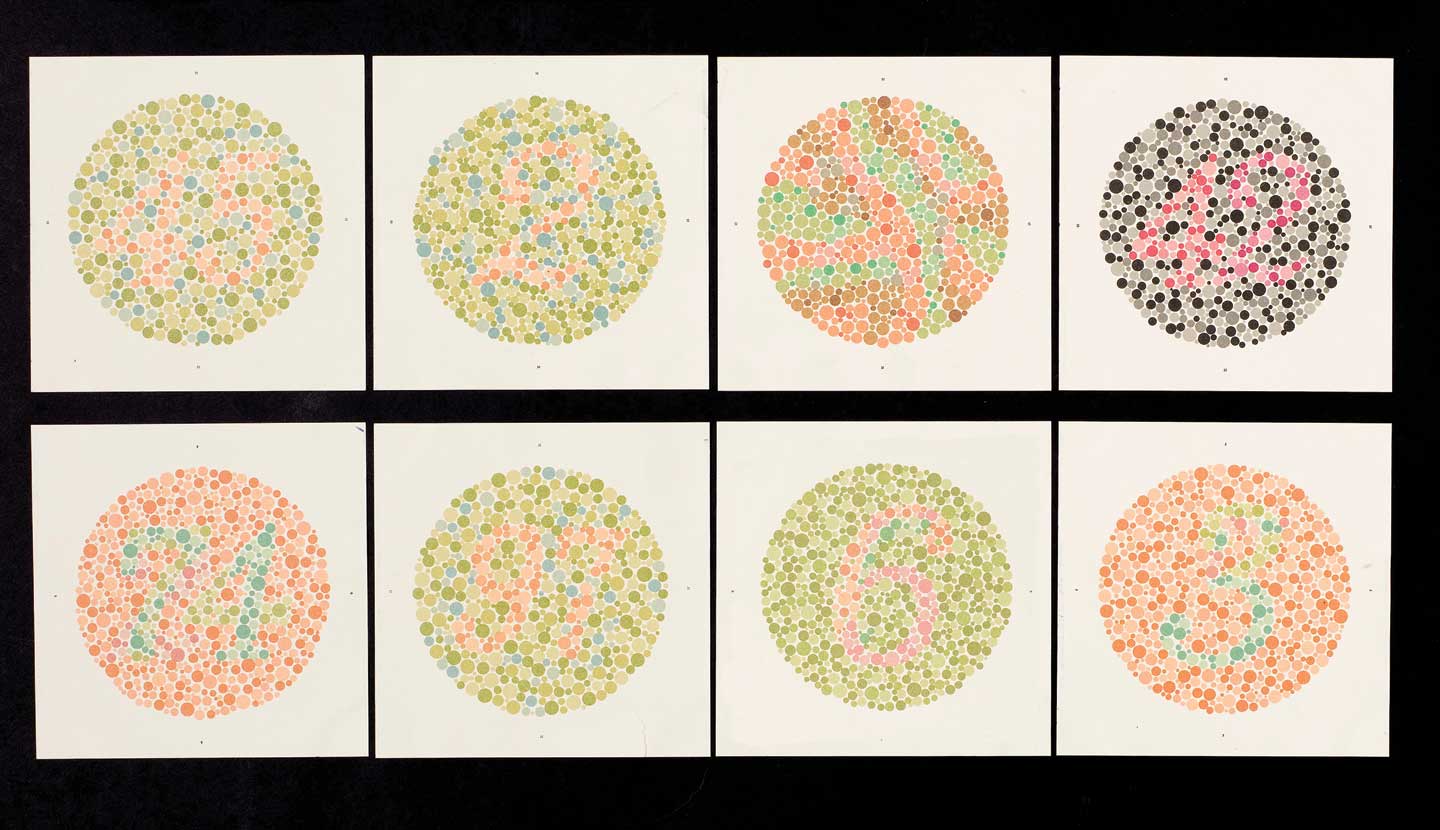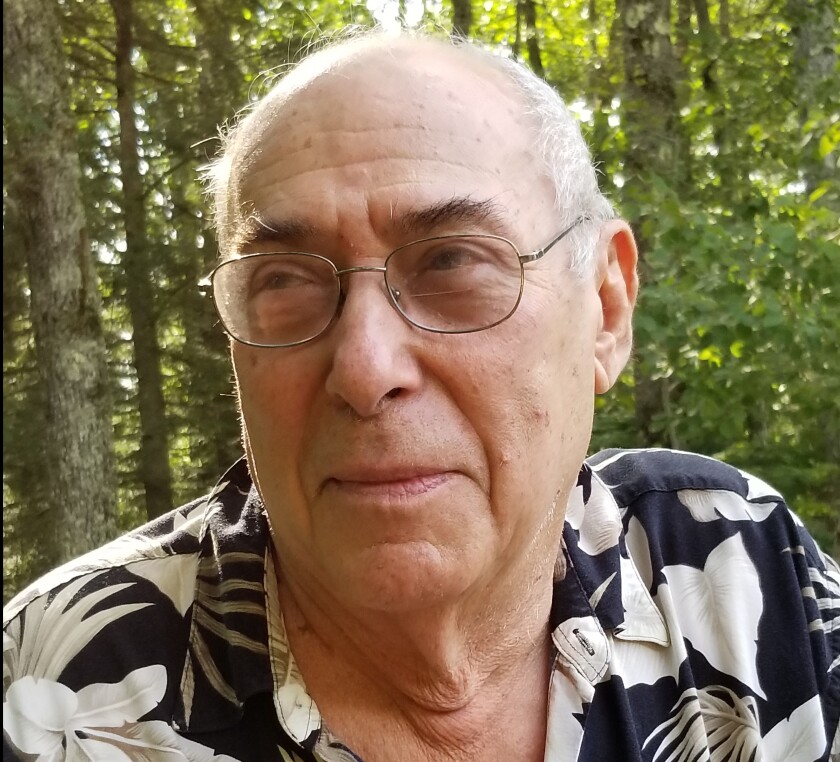Rosie Perez Says It’s ‘Dangerous’ For Afro-Latinos To Separate Themselves Within Latin CommunityPosted in Articles, Arts, Latino Studies, Media Archive on 2019-11-12 20:26Z by Steven |
Rosie Perez Says It’s ‘Dangerous’ For Afro-Latinos To Separate Themselves Within Latin Community
ESSENCE
2019-10-25

Photo by JC Olivera/Getty Images
“The Latinos that are not dark-skinned don’t call themselves White Latinos or Caucasian Latinos. I know that might sound controversial,” she admitted.
Puerto Rican-American actress Rosie Perez burst onto the Hollywood scene thanks to Spike Lee’s Do The Right Thing at a time when Tinsel Town wasn’t necessarily rich with opportunities for people of color. And some decades later, Perez, who identifies as Afro-Latino, still isn’t shy when it comes to voicing her concern about the pervasive racism in Hollywood.
“I think it’s very dangerous—the separation of color within the Latin community,” Perez told ESSENCE last Saturday while receiving Hispanicize’s Latinavator Award at The InterContinental in Los Angeles. “ People who are dark skin have to pronounce themselves as Afro-Latinos. The Latinos that are not dark-skinned don’t call themselves White Latinos or Caucasian Latinos. I know that might sound controversial, [but] I think it’s important that we unify.”
“That said: there is a disparity in regards to seeing brown, dark brown and Black-skinned colored Latinas, Latinos, LatinX—whatever—it hasn’t changed that much,” she added…
Read the entire article here.







